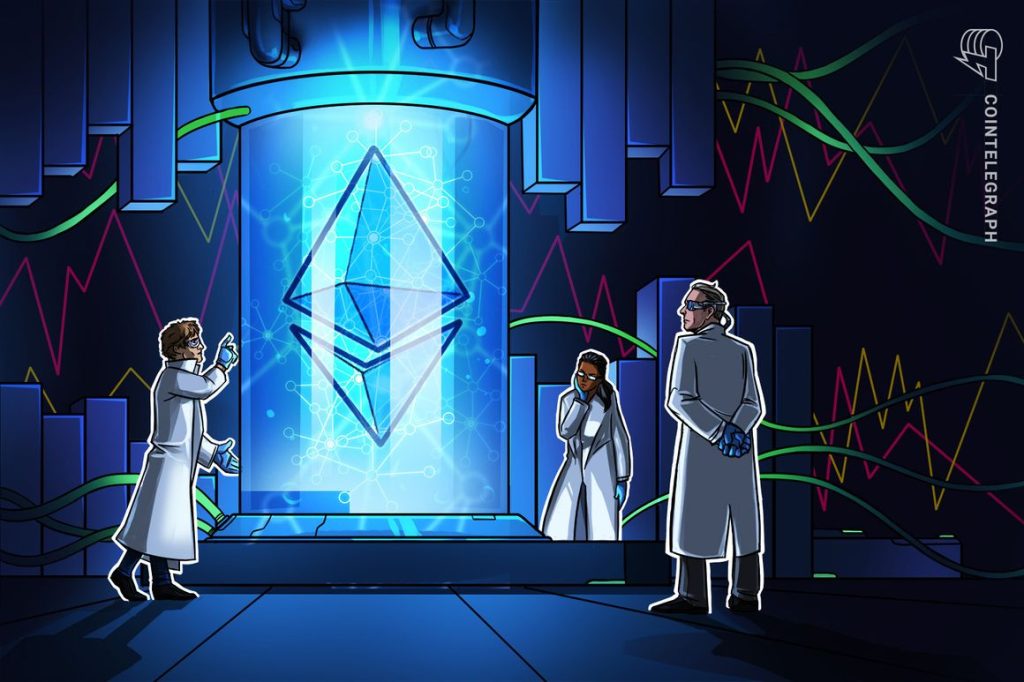A new zero-knowledge proof (ZK-proof) technology is set to improve the ability to access and verify historical data from the Ethereum (ETH) blockchain, with deep chain validation cited as a usability barrier of the network.
Technology firm Herodotus has released its on-chain accumulator which uses storage proof cryptography, allowing users to verify data from any point of Ethereum’s blockchain without the need of a third-party. The solution makes use of StarkWare’s STARK proving, the ZK-proof technology co-invented by mathematician Eli Ben-Sasson.
StarkWare presented Herodotus with a custom built instance of its shared prover service SHARP, which enables advanced scaling efficiency using recursive proofs. The latter allows for a virtual machine to provide “proofs of proofs”, by generating proofs of transactions or blocks in parallel and real time and batching them into a subsequent proof.
Related: More TPS, less gas: Ethereum L2 Starknet outlines performance upgrades
At a slightly more technical level, the accumulator acts as a cache that stores block headers. If the accumulator has a header in its cache, the respective storage proof computation can use it for validation.

If the header is not cached, then the prover has to generate a proof to cover the requested block range, add the block header to the accumulator and then complete the requested storage proof computation.
As the name suggests, the on-chain accumulator essentially accumulates proofs that roll-up prior proofs, drastically reducing the time it takes to verify the Ethereum blockchain and associated data at any point in the network’s history.
Herodotus chief technology officer Marcello Bardus notes that the technology removes the need to traverse the entire blockchain on the blockchain itself:
“We can do it off chain, generate an accumulator and just cherrypick one specific block without iterating from the entire chain on the chain itself.”
Starkware notes that Storage Proofs could prove to be groundbreaking as an alternative to cross-chain bridges that need to rely on third-party oracles to track and verify data.
Related: StarkNet overhauls Cairo programming language to drive developer adoption
Herodotus co-founder Kacper Koziol added that the accumulator is an innovation that Ethereum has long needed to align with blockchain principles of transparency and accessibility. The technology will essentially allow any use to access any point in Ethereum’s history.
“This will be very powerful. For the first time in the history of blockchains people are going to be able to prove the correctness of any aspect of anyone’s on-chain information.”
The two teams highlight the potential for storage proofs to build “Web2 equivalent applications” tapping into the pioneering ability to access and verify Ethereum blockchain data autonomously.
Account recovery is touted as one potential use case, where the ability to verify on-chain data could be used to trigger a proverbial dead man’s switch, or to automate insurance protocols that use historical on-chain events to trigger smart contract payouts.
Magazine: Recursive inscriptions: Bitcoin ‘supercomputer’ and BTC DeFi coming soon





